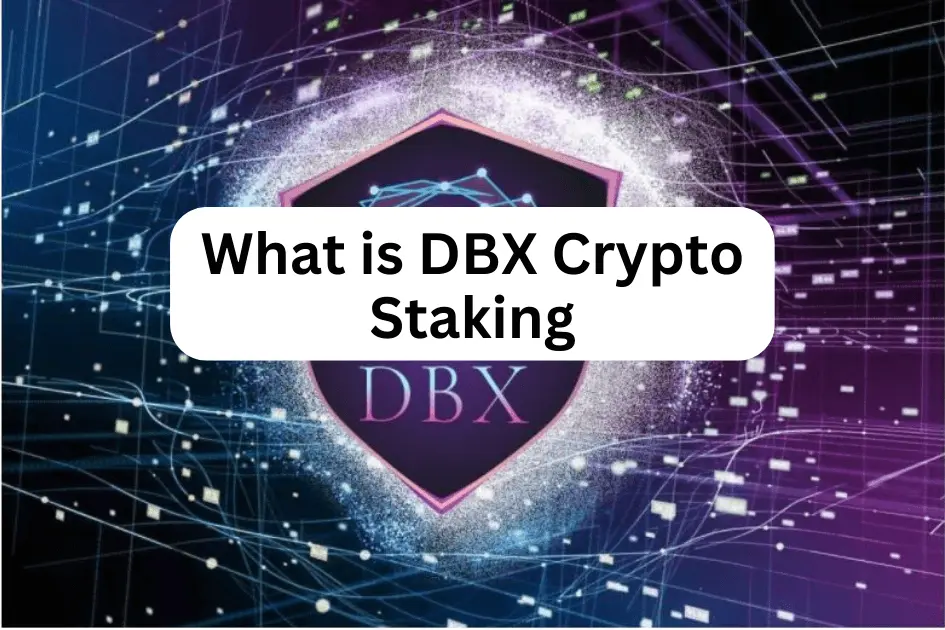Cryptocurrency can seem complicated at first, but it’s easier than you think to get started. Whether you’ve heard of Bitcoin, Ethereum, or other digital currencies, investing in cryptocurrency is becoming an increasingly popular way to grow your wealth. If you’re new to crypto, don’t worry! In this step-by-step guide, we’ll walk you through everything you need to know to start investing in cryptocurrency.

Content
Step 1: Understand What Cryptocurrency Is
Before you start investing, it’s important to understand what cryptocurrency is. Cryptocurrency is a digital or virtual form of money that uses cryptography (complex codes) to secure transactions. Unlike traditional currencies like dollars or euros, cryptocurrencies are not controlled by any central bank or government. Instead, they are decentralized and run on a technology called blockchain.
Some of the most well-known cryptocurrencies include:
- Bitcoin (BTC) – The first and most popular cryptocurrency.
- Ethereum (ETH) – Known for its smart contract features and applications.
- Litecoin (LTC), Ripple (XRP), and Dogecoin (DOGE) – Other popular options.
Step 2: Choose the Right Cryptocurrency Exchange
To buy, sell, and trade cryptocurrencies, you need to use a cryptocurrency exchange. Think of an exchange like an online marketplace where you can buy and sell crypto. There are many exchanges to choose from, and each has its own features. Here are a few of the most popular exchanges:
- Coinbase: A beginner-friendly platform with a simple interface.
- Binance: Known for offering a wide variety of cryptocurrencies.
- Kraken: Offers both beginner and advanced tools for trading.
- Gemini: A secure exchange with high regulatory standards.
When choosing an exchange, consider:
- Security: Look for exchanges with strong security measures to protect your funds.
- Fees: Check the fees for buying, selling, and withdrawing crypto.
- Availability: Ensure the exchange offers the cryptocurrencies you want to invest in.
- User Experience: Choose a platform that is easy to use, especially if you’re a beginner.
Step 3: Create an Account on the Exchange
Once you’ve selected an exchange, it’s time to create an account. This usually involves:
- Providing your email address and creating a password.
- Verifying your identity: Most exchanges require identity verification for security purposes. You’ll need to upload a photo of your ID and sometimes a selfie to prove you’re the one opening the account.
- Setting up two-factor authentication: This adds an extra layer of security to protect your account.
Step 4: Deposit Funds Into Your Exchange Account
Before you can buy cryptocurrency, you need to deposit funds into your exchange account. Most exchanges allow you to deposit using:
- Bank transfers (ACH)
- Credit or debit cards
- Wire transfers
Choose the payment method that works best for you, but keep in mind that some methods, like credit cards, may come with higher fees. Bank transfers are usually the cheapest option.
Step 5: Choose the Cryptocurrency You Want to Buy
Now comes the exciting part—choosing which cryptocurrency you want to buy! There are thousands of cryptocurrencies available, but when you’re just starting out, it’s a good idea to stick with the well-known ones, such as Bitcoin and Ethereum, until you get more familiar with how things work.
To buy a cryptocurrency:
- Go to the “Buy” section of your exchange.
- Select the cryptocurrency you want to purchase.
- Enter the amount you want to buy (you don’t have to buy a whole Bitcoin; you can buy fractions of it).
- Place your order: Once you’ve reviewed your purchase, click “Buy” to confirm the transaction.
Step 6: Store Your Cryptocurrency Safely
After buying cryptocurrency, you need a safe place to store it. While you can leave your crypto on the exchange, it’s safer to store it in a crypto wallet. There are two main types of wallets:
- Hot Wallets: These are online wallets that are connected to the internet. They are easy to use and convenient for quick access to your crypto, but they can be vulnerable to hacking. Examples include Coinbase Wallet or Metamask.
- Cold Wallets: These are offline wallets that store your crypto on a physical device, such as a USB drive. They are much more secure than hot wallets, but you need to keep them safe from loss or theft. An example of a cold wallet is Ledger or Trezor.
If you plan to hold your cryptocurrency for the long term (known as HODLing), using a cold wallet is recommended for added security.
Step 7: Monitor the Market and Make Informed Decisions
The cryptocurrency market is highly volatile, meaning prices can go up and down quickly. It’s important to monitor the market regularly and make informed decisions.
Here are a few tips for monitoring the market:
- Use cryptocurrency tracking apps: Apps like CoinMarketCap or Blockfolio help you keep track of prices, market trends, and portfolio performance.
- Follow cryptocurrency news: Stay updated on news, trends, and events that may impact the market. Sources like CoinDesk and The Block provide regular updates.
- Don’t panic: Cryptocurrency prices can be unpredictable. If the price drops, don’t panic and sell right away. It’s important to take a long-term view and avoid making decisions based on short-term market movements.
Step 8: Diversify Your Investments
Like any investment, it’s a good idea to diversify your cryptocurrency portfolio. Instead of putting all your money into one cryptocurrency, consider spreading your investment across different types. This way, you reduce the risk of losing all your money if one cryptocurrency loses value.
Some common strategies for diversifying include:
- Investing in established coins: Such as Bitcoin, Ethereum, or Litecoin.
- Exploring smaller, lesser-known altcoins: But remember, these can be riskier.
- Staking: Some cryptocurrencies allow you to earn rewards by “staking” your coins. This is like earning interest on your investment.
Step 9: Keep Your Investments Long-Term
Cryptocurrency is a long-term investment for many people. While some may choose to trade daily to take advantage of short-term price swings, others prefer to buy and hold their investments. The key to successful investing is to stay patient and avoid making emotional decisions based on market fluctuations.
Step 10: Be Prepared for Risks
Investing in cryptocurrency is not without risks. The market is highly volatile, and you could lose money, especially if you invest in lesser-known coins. Make sure to:
- Only invest what you can afford to lose.
- Research each cryptocurrency before investing.
- Stay aware of potential scams or fraudulent schemes.
Conclusion
Investing in cryptocurrency can be an exciting and potentially rewarding experience, but it’s important to take your time and understand the basics before you start. By following this step-by-step guide, you can confidently begin your crypto journey. Remember to stay informed, secure your assets, and most importantly, invest wisely.

Randal Daly has been following the crypto space since 2024. He is a passionate advocate for blockchain technology, and believes that it will have a profound impact on how people live their lives. In addition to being an avid blogger, Randal also enjoys writing about developments in the industry as well as providing useful guides to help those who are new to this exciting frontier of finance and technology.








